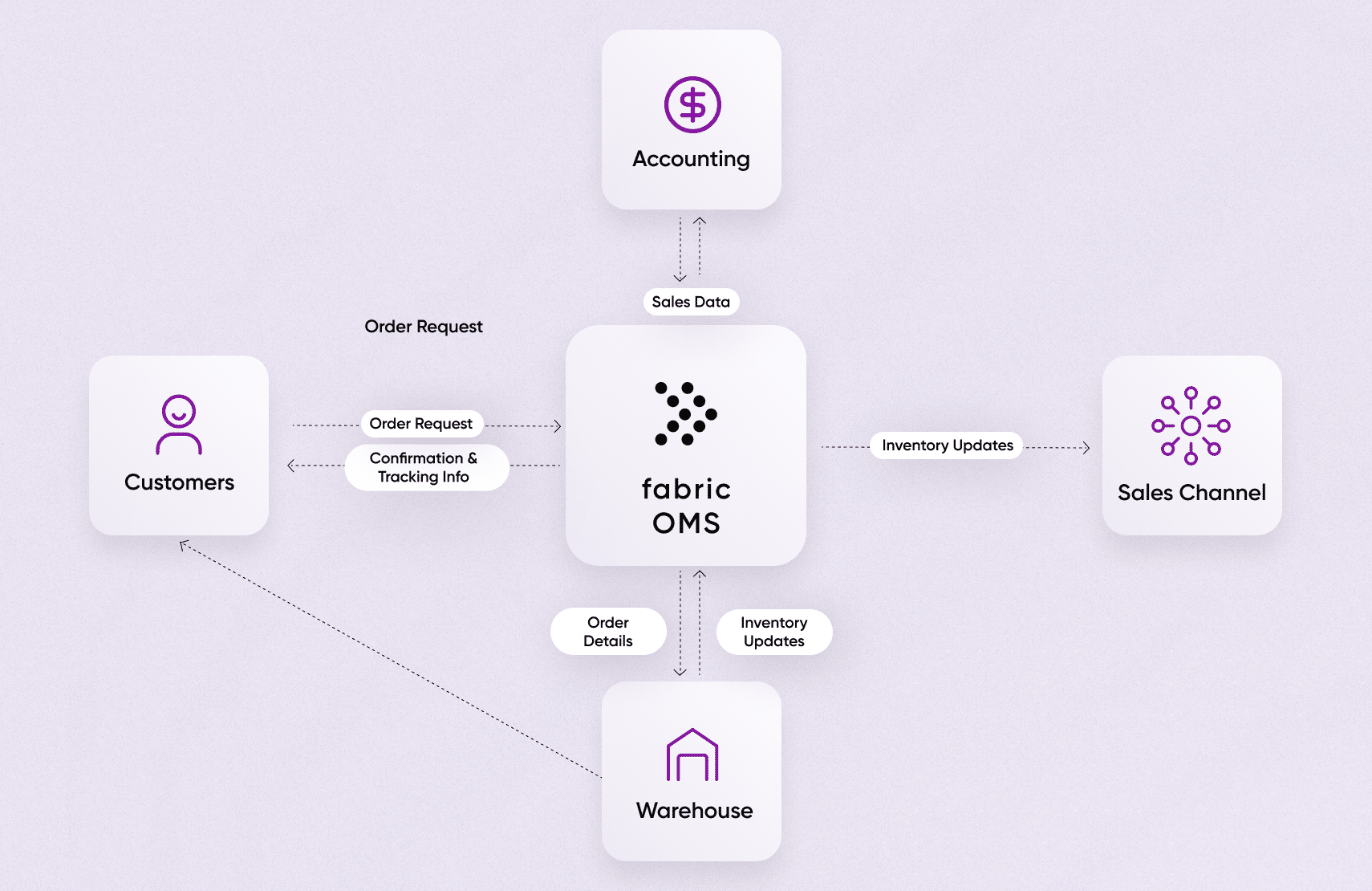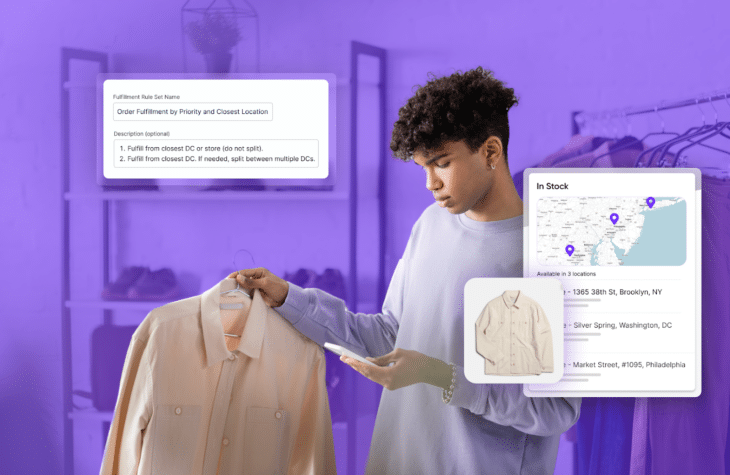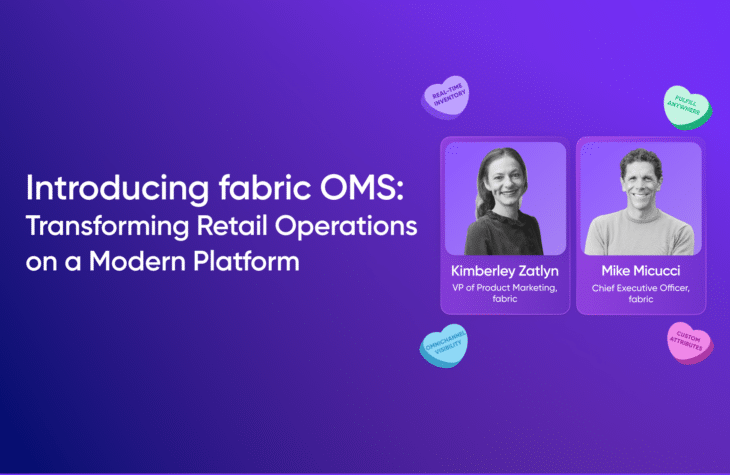How Do You Connect Your CRM and Order Management System?

A customer relationship management (CRM) is a tool that handles customer data like contact information and past purchases. On the other hand, an order management system (OMS) tracks orders and automates order management tasks. So how do the two of them work together?
To answer this, it’s essential to understand what a CRM is, what an OMS does, and how they work together. Since 91% of American businesses with more than ten employees have CRMs, it’s clear that they’re vital to modern businesses.
Many companies with CRMs also use an OMS to manage their orders. Pairing the two tools together helps create an efficient order management process.
What Is a CRM?
A CRM is a tool that companies use to track information about customers. For example, CRMs hold data like names and contact information, shipping addresses, membership status, and contracts. More robust CRMs let users create reports and dashboards to analyze sales data.
When salespeople have a meeting with prospects, they can put important notes into the CRM. Those notes contain important information to make a quote or a proposal. Thus it’s essential the CRM stores the information in an accessible and transferable place. The CRM also receives accounting and order information from other systems.
When other tools like OMS update with new information, they can automatically update the CRM. This helps those with customer-facing roles give customers accurate information about their order and billing status.
What Is an OMS?

While companies manage customer-facing tasks with a CRM, order management requires its own tools. Once a customer makes an order that the CRM stores, the information from that order must go to other business units like inventory management and fulfillment centers. The OMS is the system that sends and tracks that information.
An order management system tracks where an order is, what needs to be done before it can ship to a customer, and can even warn a company about potential inventory issues. This lets sellers conduct their operations smoothly and customers track their orders.
The benefits of order management systems are clear. For example, see Amazon’s free delivery times in conjunction with the volume of online orders. Even as consumers order in higher volume, they expect faster delivery. Amazon and other companies can only meet these expectations through robust order management systems.
 Connecting CRM and Order Management Tools
Connecting CRM and Order Management Tools
CRM and OMS are essential for any business. Linking the two, however, can be challenging. If a salesperson writes important notes to be used in a quote or product order, how can they be sure to transfer those accurately into the OMS? That’s when it becomes vital to have robust systems that can communicate well.
The most common way to connect separate tools is with APIs. An API application is a tool programmers use to send information between two applications. An application with robust APIs can effectively communicate with other applications and automatically pass information.
But some CRMs and OMSs aren’t built to communicate well with outside tools. Instead, they seek to create an insular ecosystem that can leave users unable to customize their applications to their specific needs and keep up with the advancement of technology.
To ensure they can connect necessary tools like a CRM and OMS, many companies adopt a microservices-based approach to their CRM, order management tools, and other applications.
Microservices divide core e-commerce functions into separate tools that smoothly communicate. That makes it easy for users to integrate an OMS with their current CRM and other applications. It also means that updating tools is a simple process of swapping one for another, rather than time-consuming and expensive replatforming efforts.
Key Takeaways
- A CRM is an essential tool for managing customer and prospect information, but it can’t handle certain logistical data.
- An OMS tracks and passes information as different business units process an order, providing valuable insights to both the seller and buyer.
- Connecting a CRM and an OMS is crucial but can be challenging for companies relying on legacy systems without effective APIs.
- A microservices-based approach is the best way to future-proof the connection between your CRM and OMS, especially when using fabric OMS.

Tech advocate and writer @ fabric.
 Connecting CRM and Order Management Tools
Connecting CRM and Order Management Tools





